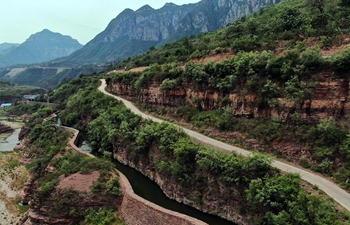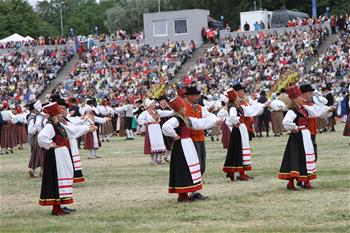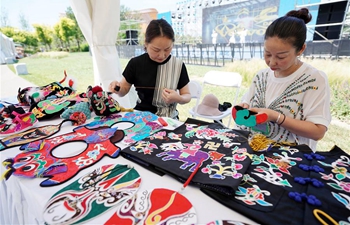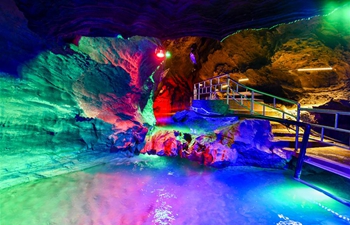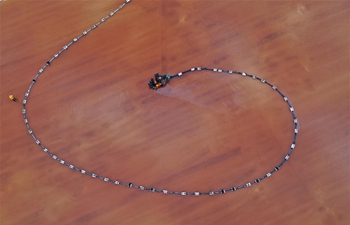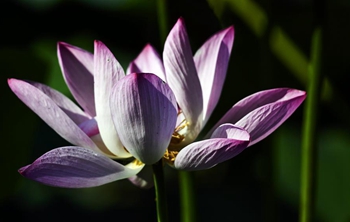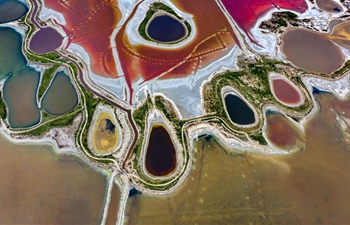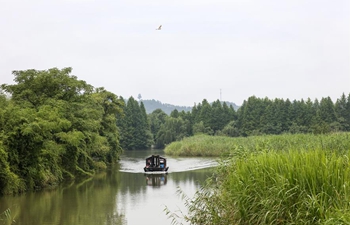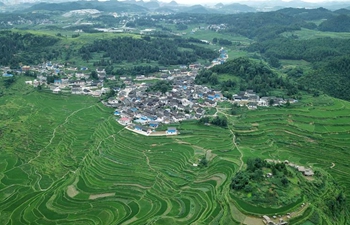
Photo taken on July 5, 2019 shows a scene of the 43rd session of the UNESCO World Heritage Committee in Baku, Azerbaijan. China's Migratory Bird Sanctuaries along the Coast of the Yellow Sea-Bohai Gulf (Phase I) were inscribed to the World Heritage List as a natural site on Friday at the ongoing 43rd session of the UNESCO World Heritage Committee in Baku. (Xinhua/Tofik Babayev)
BAKU, July 5 (Xinhua) -- China's Migratory Bird Sanctuaries along the coast of the Yellow Sea-Bohai Gulf (Phase I) were inscribed on the World Heritage List as a natural site on Friday at the ongoing 43rd session of the UNESCO World Heritage Committee in Azerbaijan's capital here.
The decision to inscribe the Chinese natural site on the United Nations Educational, Scientific and Cultural Organization's (UNESCO) World Heritage List was unanimously supported by all members of the World Heritage Committee.
"This inscription demonstrates the firm commitment of China to conservation of the world heritage. It will set an example for subsequent sites for the nomination of East Asian-Australasian Flyway," Shen Yang, ambassador and permanent delegate of China to UNESCO, said following the announcement of the decision.
Migratory Bird Sanctuaries along the coast of the Yellow Sea-Bohai Gulf of China are located in the Yellow Sea ecoregion, containing the world's largest continuous mudflat seashore.
It is the central node of the East Asian-Australasian Flyway (EAAF), which is the most threatened migratory flyway worldwide and boasts the largest number of endangered and critically endangered species.
The area has a high biodiversity, with about 280 species of fishes and more than 500 species of invertebrates, providing a variety of food resources for millions of migratory birds.




